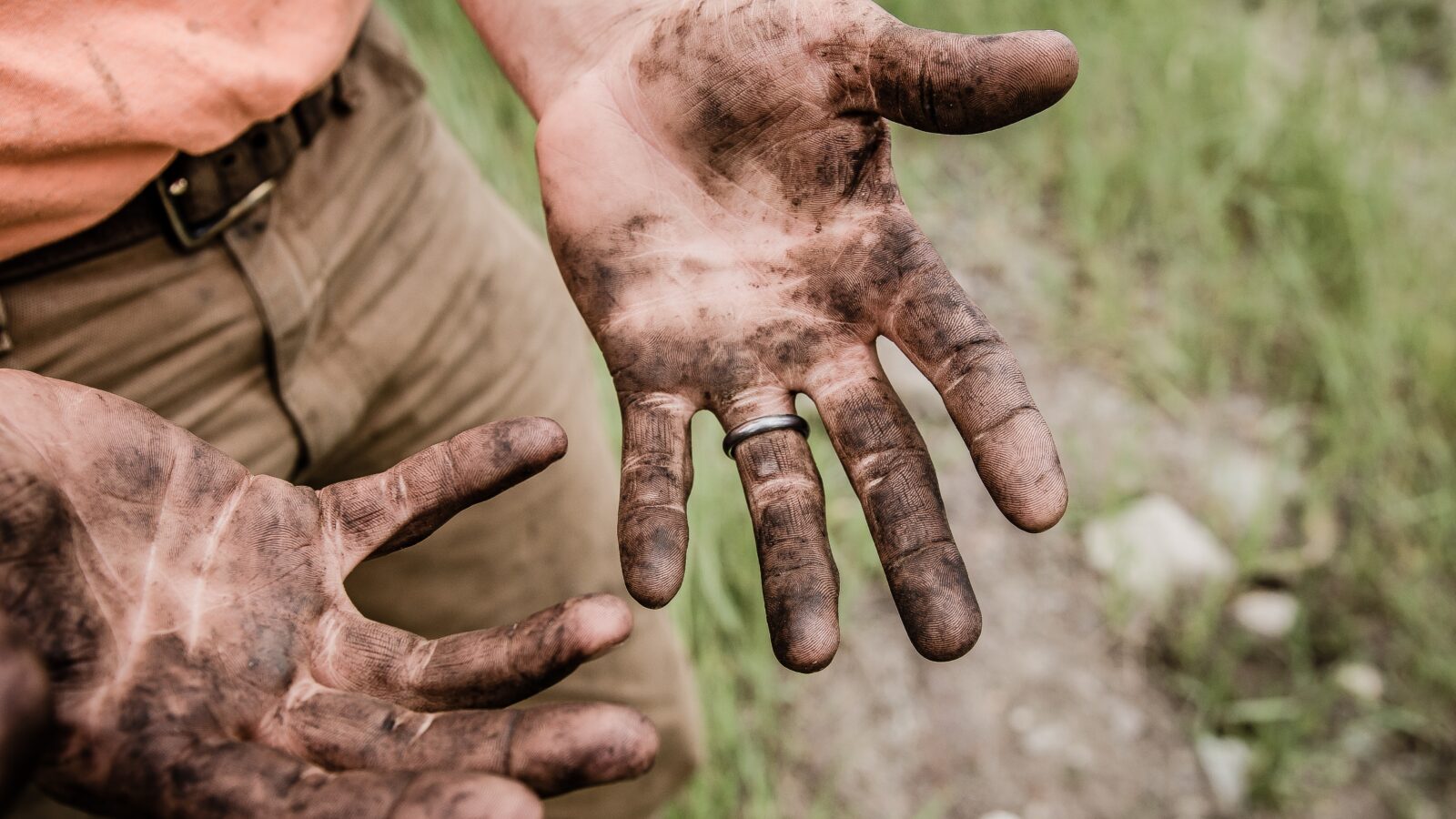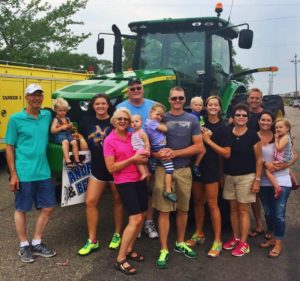
For 130 years the Anderson family has farmed in the Bonanza Valley near Belgrade, a small town in central Minnesota with a population of fewer than 800 people. Jim Anderson is a fourth generation farmer. He, along with his three sons (5th generation), and his brother John run the family farm today. At Anderson Farms, they harvest light- and dark-red kidney beans, maize, and sugar beets; and raise cattle and swine. With so many demands, soil conservation is important to the farm’s future. Jim took time out of his schedule to talk with us about various sustainability practices used on the farm:
“With our dry edible beans, there are two primary concerns: soil erosion by wind and water; and the transfer of nitrogen into the water. Year-round crops help us address both.”
During spring, as the ground thaws from a rough northern winter, the Andersons plan to plant oats. The oats won’t actually be harvested; instead when they are dead, the crop creates a ground cover that prevents spring rains from washing away soil. The leaves, stems and roots create a bed of protection for the young red kidney beans that are planted in early summer and also help build organic matter as these crop residues break down.
In the fall, after the beans are harvested, the Andersons apply liquid manure from the swine barns, work it into the earth, and plant cereal rye as the winter cover crop. The thick cereal rye protects the soil from harsh winter winds. When the rye crop is growing, its roots will capture nitrogen in the top soil, necessary for the maize crop the following year.
By using oats and rye as cover-crops, the Andersons protect the soil from wind and water erosion; and by rotating the summer crop between dry edible kidney beans, maize and sugar beets, the farm better manages soil nutrients such as nitrogen.
According to Jim Anderson, even though it costs a bit more to use cover crops because the farm is planting crops that won’t sell, the long-term effects across 10 or 20 years of not doing so can be more damaging. “For every 1% increase of organic matter [e.g. decomposed oats, weeds, and rye] on a field, the soil’s water holding capacity increases by 2.54 cm (one inch),” he said. For a place where typically only the top five to eight centimeters (two to three inches) of soil holds moisture, increasing moisture holding capacity through natural means is a necessary tool that pays itself back quickly.
While soil conservation has always been important to the Andersons, it wasn’t until he saw firsthand the biblical city of Ephesus in Turkey, that Anderson understood its global importance. During his trip, Anderson noticed the swamp-like state of a strip of land that once was the oceanfront of the ancient city of Ephesus. He jokingly said to his tour guide, “Some farmer must’ve really let the soil go.” The tour guide turned to him and said, “You’re exactly right.” According to the guide, the land on the hills surrounding Ephesus had once been fertile farm land, but centuries of over grazing, poor soil management and desertification had changed the landscape. The unfortunate condition of what was once green pastures and robust farmland illustrated to the Minnesota farmer the importance of being attentive to the land and employing methods— such as the use of cover crops— that help to conserve soil.
Anderson, along with his sons and his brother, are teaching their children and grandchildren how to be responsible stewards of the land. He is confident, that with ever-improving technology, the farm will be even more sustainable for future generations.



